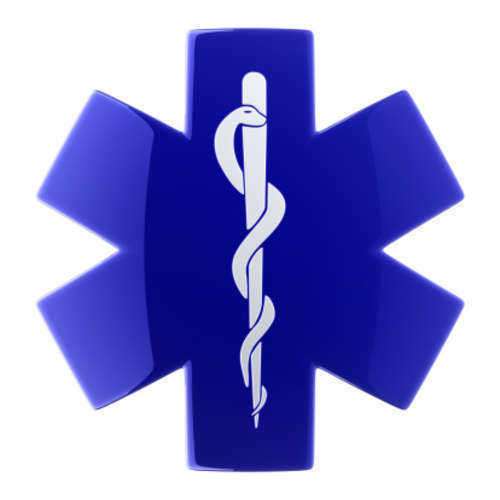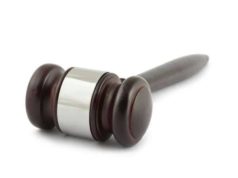
An affirmative defense is created, on the side of the defendant, to argue against the plaintiffs' claim in a legal proceeding. At times, medical malpractice lawsuits require an affirmative defense if the lawyer is skillful enough to put it into practice. While not used in the same way as many other defenses, the affirmative defense is based on practice guidelines, and takes a certain amount of skill to argue.
All medical institutes have certain practice guidelines that establish their usual behaviors within the office. At times, these guidelines are already mandated by the state, but a practice may go beyond the mandated guidelines to incorporate their own rules. Patients should have knowledge of the medical practice's guidelines as they go through a medical consultation, and enter into what eventually may become a medical procedure. The question that the courts and defense lawyers will grapple with on both sides is whether or not the practice guidelines were clear enough to limit or excuse a level of negligence on the part of the doctor.
An affirmative defense based on practice guidelines inherently will argue that the patient was well informed by the doctor prior to the medical operation. The patient will mostly likely argue that the guidelines of the medical practice were not explained in enough detail, or that they were not directly clear enough for him or her to be properly informed. This is a slippery slope, because at face value, the argument can go either way. It is up to the defense attorney on behalf of the medical practice to argue that the practice guidelines were clear enough to avoid liability of negligence.
In some cases, asserting an affirmative defense in this manner does admit to a level of culpability, but instead of attempting to exonerate the defendant, the goal is to limit damages. While lawyers are usually defined in terms of winning and losing, some of the better malpractice defense lawyers are marked by their ability to limit damages to their client.
Already expecting what can be termed as a loss to the doctor, in some cases, may admit that he or she is liable to a degree, and that he or she did commit an error that would usually not have occurred. The goal then is to minimize financial harm and ensure their client can keep their medical license.
Every medical establishment, no matter if it is the largest hospital or the smallest clinic, develops a form of practice guidelines. From these guidelines the medical professionals in the office take their direction and execute their tasks both adhering to the medical code of ethics and their own practice’s rules.
These rules can come in quite handy during a medical malpractice case. If the doctor clearly explained every detail of the procedure to the patient and informed the patient of the practice’s guidelines then it would be difficult to claim any form of medical malpractice. While many choose to fault doctors in malpractice cases the patient also has a level of responsibility with respect to processes before and after the procedure.


























